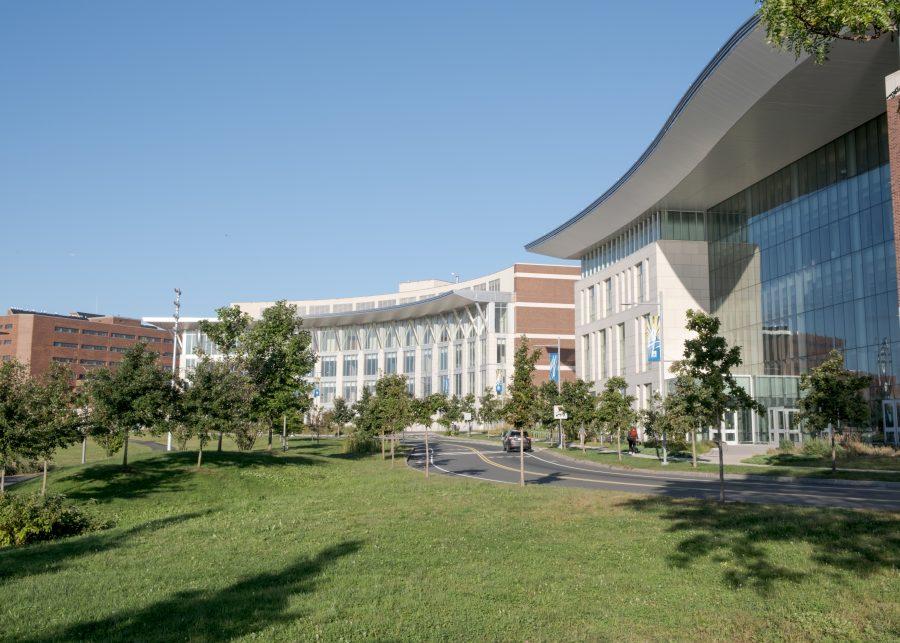The University of Massachusetts Boston is part of a network of campuses known as the UMass system. For those unfamiliar, the campuses that are a part of this network are UMass Amherst, UMass Boston, UMass Dartmouth, UMass Lowell, UMass Medical School and UMass Law School. According to the UMass system, there are three main sources of funding that the system receives. These are general operations, revenue-based and restricted. (1) These funds are then allocated between campuses based on several different factors such as student body population and the needs of the different campuses. As a member of this system, it is important to understand how the funds are allocated between the campuses to ensure that schools are treated fairly and funds are allocated fairly.
First, let’s take a look at the population count of each of the campuses. The numbers we will look at will include both undergraduate and graduate students and from the fall semester of 2019. At number one is UMass Amherst with a total student of 31,350; number two is UMass Lowell with a student body of 18,338. Numbers three and four are UMass Boston at 15,989 and UMass Dartmouth at 8,154. UMass Amherst has a huge student population, and as such, one can assume that they receive the majority of funding. So the logical next question would be, how are funds spread out between the campuses?
The Office of the President of the UMass system always releases financial reports that can help us, as students, get an idea of how the university is managing its finances. We can take a look at fiscal year 2019 and see how the system managed its funds and how each university spent their funds.
During fiscal year 2019, the Amherst campus had total revenue of $1,293,960,000, and its total expenses were $1,282,143,000. During FY2019, UMass Boston had total revenue of $436,501,00, and its expenses were exactly the same as the revenue. Dartmouth had total revenue of $262,883,000 with total expenses of around $260,074,000. Lowell had total revenue of around $473,410,00 with expenses totaling $470,143,000. (2) It is quite clear to see that UMass Amherst brings in a huge amount of revenue for the UMass system and as such, they spend a great deal of money on their campus.
As students of the UMass system, it is imperative that we analyze and pay attention to the financial activity of our university and the greater UMass system. In doing so, we can better hold the university accountable for the promises it makes to the student body. With issues of race, socioeconomic inequality and technological inequality at the forefront of the university student experience, holding the UMass system accountable will be imperative to fighting situations of racial and economic inequality.
I encourage all students to see exactly how the university is spending its money to fight for social justice for all students. It’s extremely easy to send out an email condemning racism and racist acts. However, actually “putting your money where your mouth is” seems to be very difficult for many institutions, not just the UMass system. As more and more students come and leave the UMass system, they may be greeted with positive signs that this university system cares for the social and economic wellbeing of the students. And while that may be the case, you must analyze the true financial activities of the university before you take this statement as fact.
Next week, I will be discussing performative anti-racism as it relates to the anti-black letters sent to Black student organizations at UMass Amherst. Keep in mind these financial analysis resources as you look to hold the university accountable in the anti-racist activity. Because, if they aren’t acting with their wallet, then they’re not acting at all.

